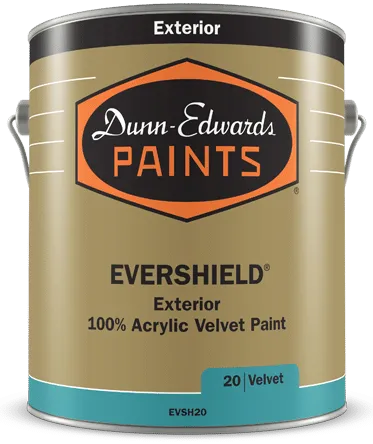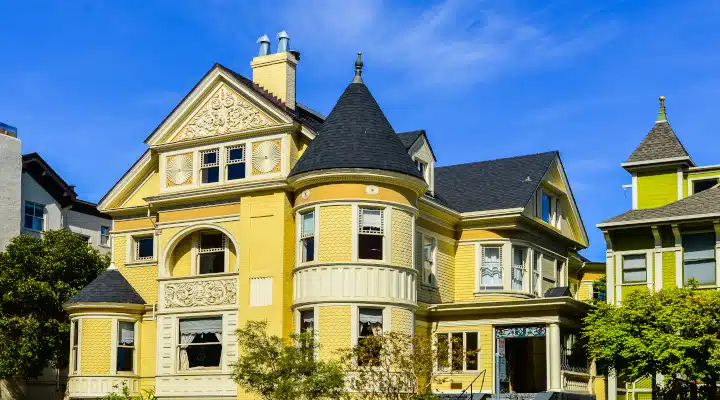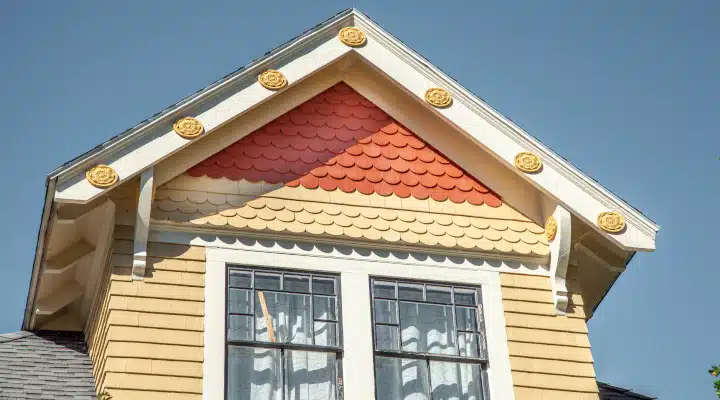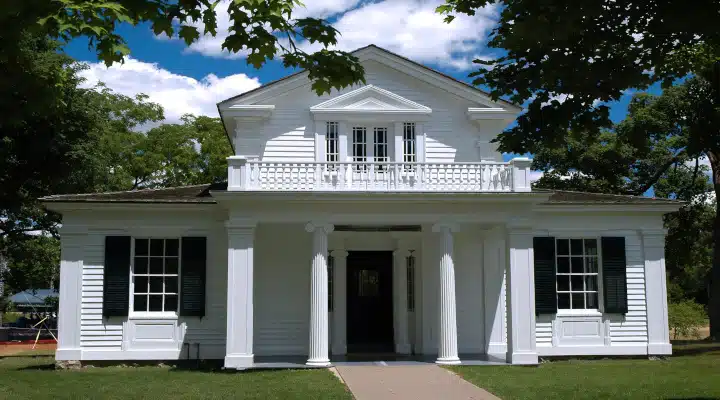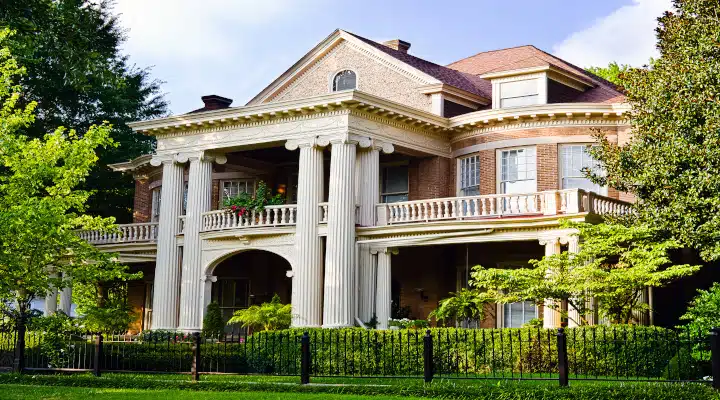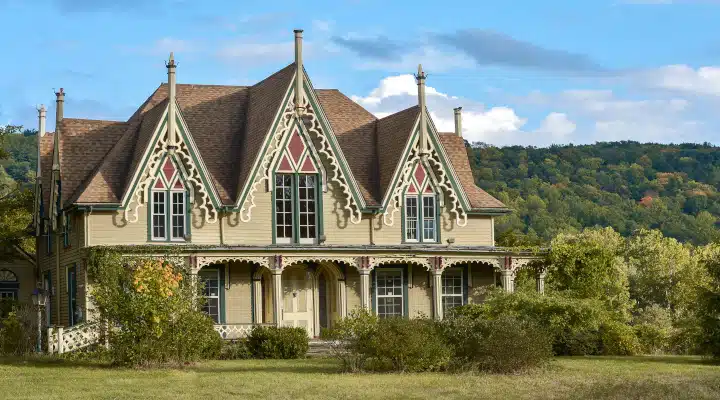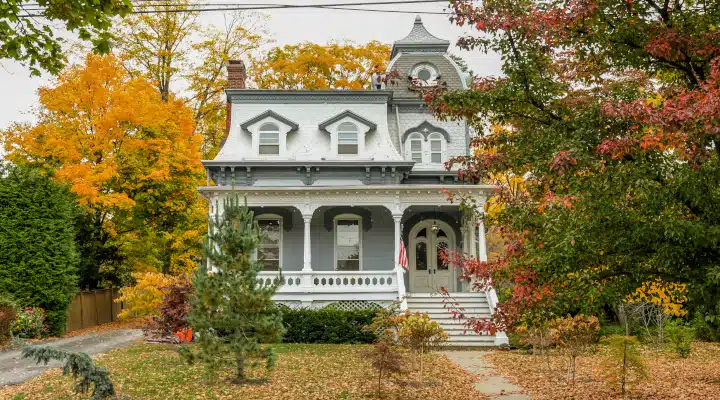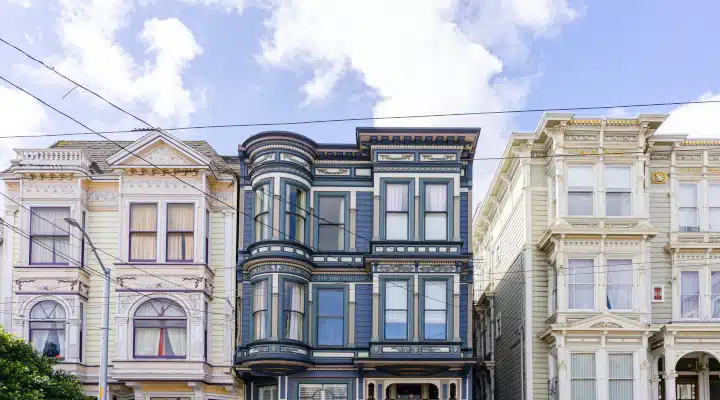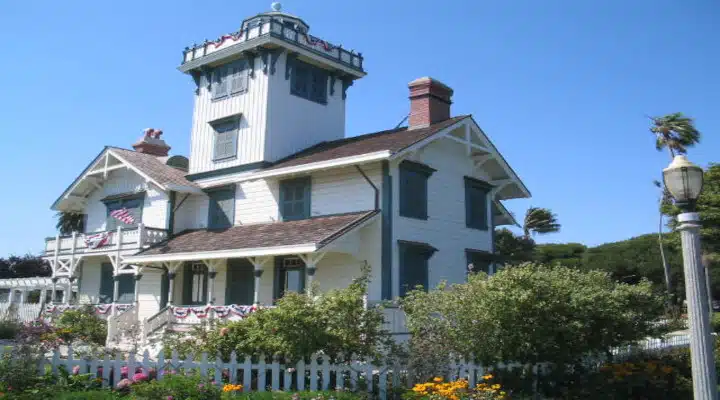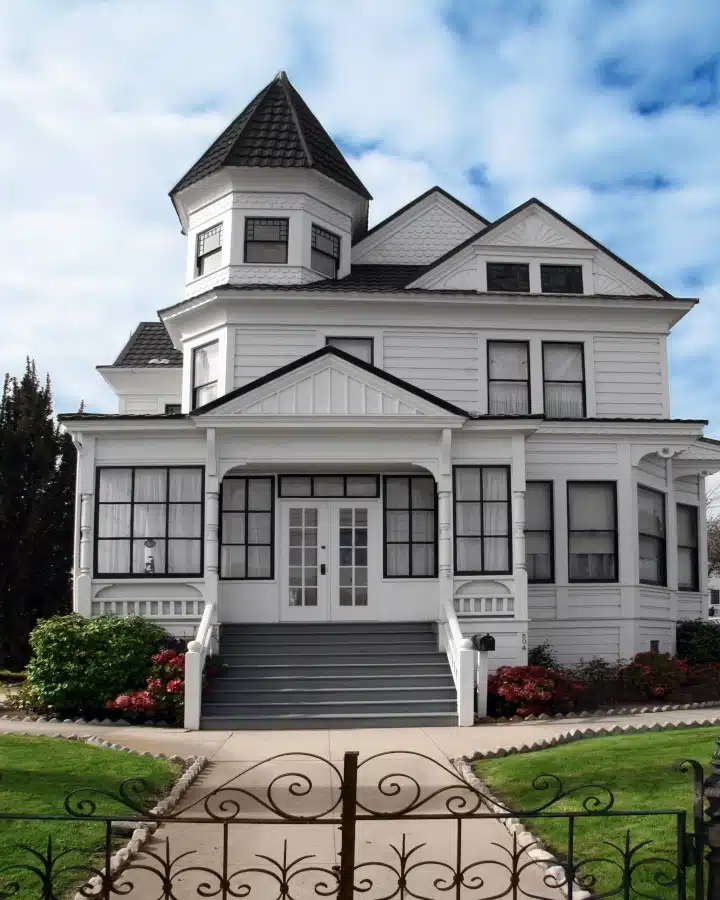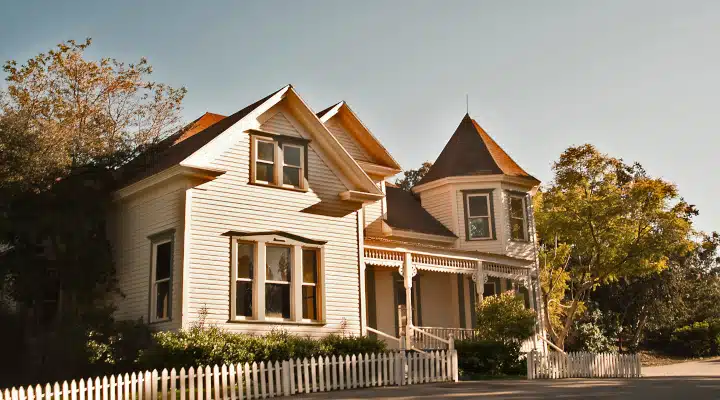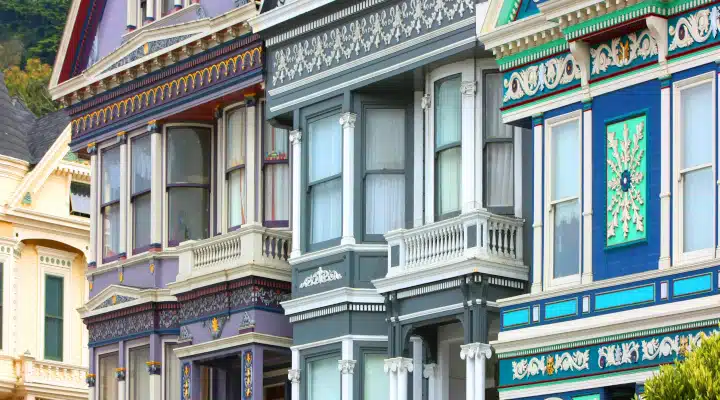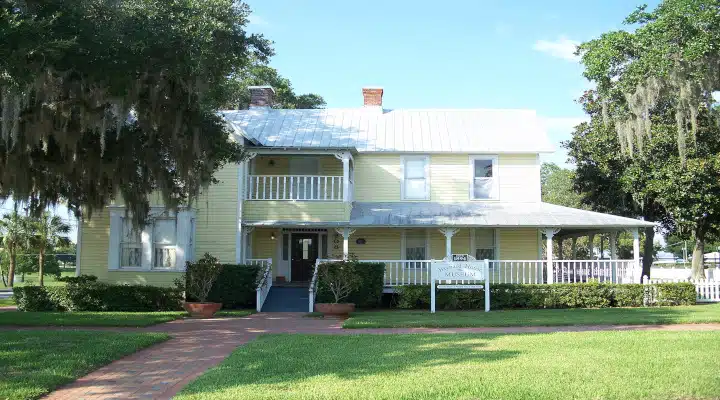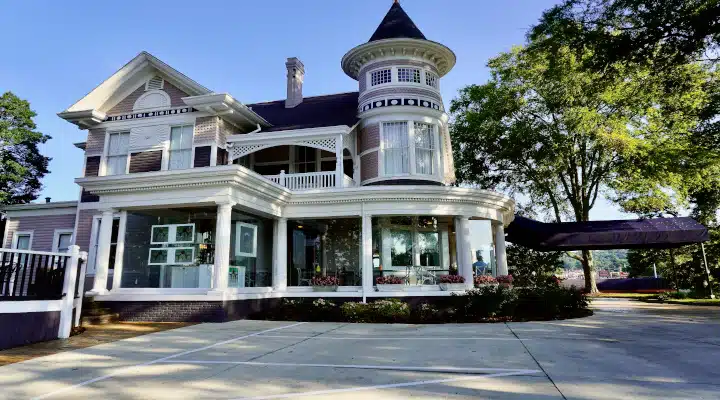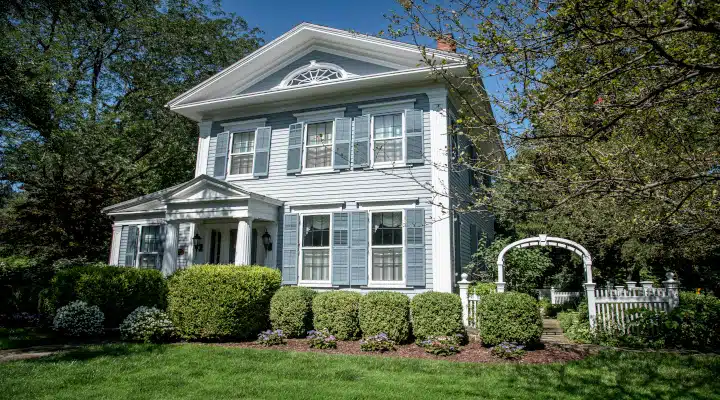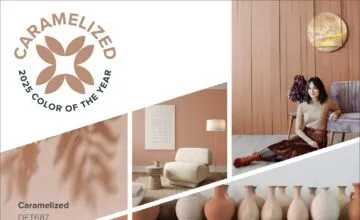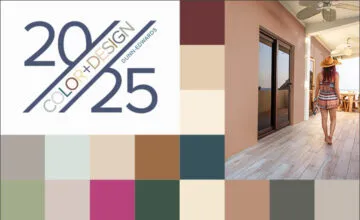Inspired Style: The Victorian
04/19/2022 | Sara McLean |
Victorian Architecture
As summer heats up, the exterior of homes and buildings come back into focus. Key to the design of a home or building is the architectural style and --- with this in mind -- a proper color scheme can be used to make it stand out. As a refresher course on architectural styles, we first revisit the Victorian Era of architecture that is showcased prominently in San Francisco and other Southwestern U.S. cities and towns.
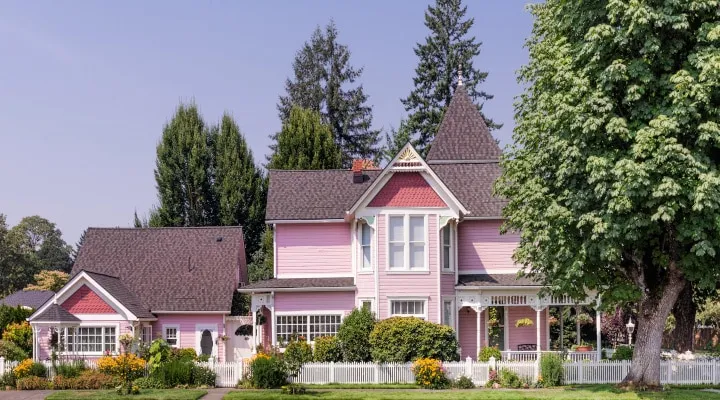
Historical Reflections
During the American Industrial Revolution, the Victorian Era of architecture sprouted up throughout the United States. From 1837 to 1900, the availability of mass-produced items made elaborate architectural details easier to utilize on homes and commercial structures. "Elaborate", "colorful" and "bold" describe many of these Victorian Era homes.
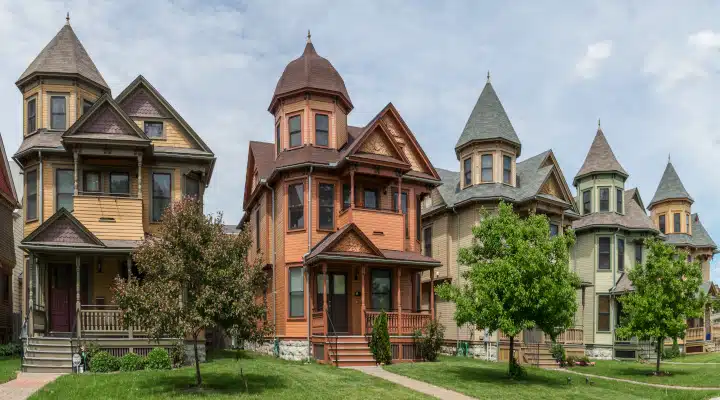
A Refresher of Victorian Era Architectural Styles
Greek Revival
Drawing on ancient Greece as inspiration, architects designed in the popular Grecian style with it classic clapboard siding and bold, simple lines. And colonnaded Greek Revival mansions, also called Colonial homes, were popular as plantation homes and estates. Characteristics included symmetrical shapes, bold and simple moldings, heavy cornices and wide friezes.
Architectural Examples:
- Dunleith Plantation, Natchez, Missouri
- Rose Hill Mansion, Geneva, New York
- Rogers Hall, Florence, Alabama
Gothic Revival
Commonly referred to as “gingerbread” houses and inspired by the homes in Europe, these homes have steep pitched rooflines and pointed windows and other architectural elements from the Middle Ages such as pinnacles, parapets, leaded glass windows with decorative ornamentation, and clover-shaped windows.
Architectural Examples:
- Lyndhurst, Tarrytown, New York
- Wedding Cake House, Kennebunkport, Maine
- Humewood Castle, Wicklow, Ireland
Italianate
In a combination of Federal and Victorian era architecture, these homes have arched windows, symmetrical facades, elaborate porches, low rooflines and decorative eaves. Overall, these houses also feel inspired by Italian Renaissance villas. Typical characteristics include asymmetrical floor plans, rectangular sections to imitate the look of Italian villas, and decorative features such as wings, towers, flat roof lines, corniced eaves, angled bay windows, Corinthian-columned porches, square or cupola, sometimes referred to as "Tuscan."
Architectural Examples:
- The Breakers, Newport, Rhode Island
- John Denham House, Monticello, Florida
- McCall House, Ashland, Oregon
Second Empire
Inspired by architecturally ornate details of Paris during the reign of Napoleon III, it is also known as the Mansard Style. Similar to the Italianate style with its boxy shape, Second Empire styles include square or rectangular floor plans, double entry doors, dormer windows, Mansard rooflines and facades that are tall and flat, and ornate molding details.
Architectural Examples:
- House featured in Alfred Hitchcock's "Psycho"
- Harry Packer Mansion, Jim Thorpe, Pennsylvania
- Valley Knudsen Residence, Los Angeles, California
Stick-Eastlake
As implied, Stick-style Victorian Era homes are decorated with intricate stickwork and half-timbering. These boards create intricate horizontal, vertical and diagonal patterns. Beyond this detail, Stick-style homes are fairly simple with little to no extra ornamentation. Eastlake homes were named after furniture designer Charles Eastlake and featured more decoration. The two styles merged to become "Stick-Eastlake".
Architectural Examples:
- McConaughy House, San Diego, California
- Sherman-Gilbert House, San Diego, California
- Charles Dietle House, San Francisco, California
Point Fermin Lighthouse. Photo Credit: Elefuntboy
Shingle
Often found in coastal areas, Shingle-style homes are large and simple structures. These large and informal homes were typically built for the wealthy as summer vacation homes. The predominant feature on these homes is the use of wooden shingles as siding.
Folk Victorian
A generic, vernacular Victorian Era style of architecture. These homes merged the American homestead and English cottage and were typically found in rural or country settings. These farmhouses combined functionality with ornamentation and many included wrap-around porches.
Queen Anne
Influenced by English architect Richard Norman Shaw who combined English cottages with Victorian Era styling. Characteristics include multiple steep rooflines, towers and turrets, glass-panel entry doors, decorative windows, corbelled chimneys, circular or octagonal towers and porches, and a wide selection of exterior colors.
Architectural Examples:
- Carson Mansion, Eureka, California
- The Gingerbread Mansion, Ferndale, California
- The Grand Anne, Keokuk, Iowa
Victorian Era Color Schemes
Victorian Era color schemes highlight the intricacies of all the architectural elements that go into creating these homes and buildings. Here are 12 color schemes inspired by the Victorian Era in order of body color, trim and accent:
Auburndale: Ephriam M. Baynard House. Photo Credit: EBYABE
Featured Articles
-
 Best Oranges for the Perfect Summer Beach Cottage
Best Oranges for the Perfect Summer Beach Cottage
-
 Get Ready for Fall with These Trendy Color + Design Moods
Get Ready for Fall with These Trendy Color + Design Moods
-
 Try These Color Palettes To Nail A Tomato Girl Summer At Home
Try These Color Palettes To Nail A Tomato Girl Summer At Home
-
 Embracing Barbiecore: Popular Pinks Throughout The Ages
Embracing Barbiecore: Popular Pinks Throughout The Ages
-
 The Color Yellow: Essential Color Theory, Symbolism and Design Application
The Color Yellow: Essential Color Theory, Symbolism and Design Application




